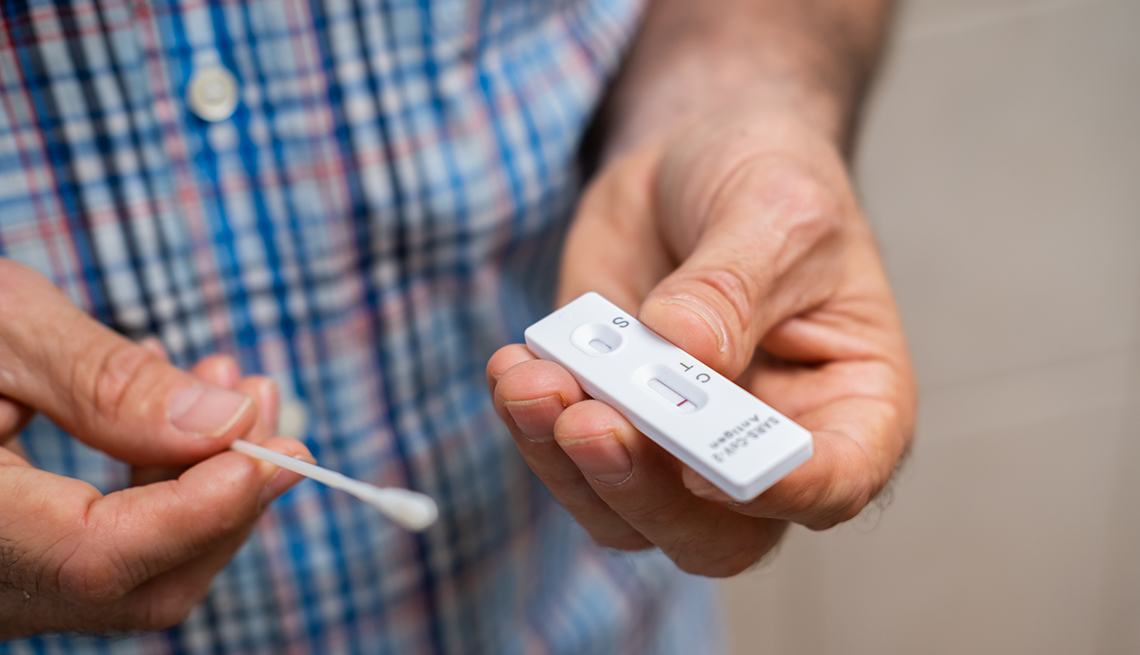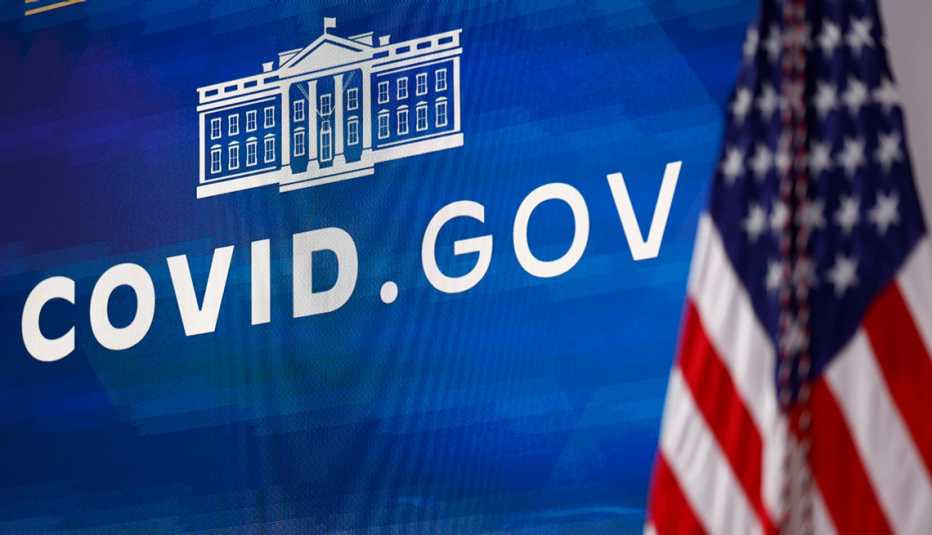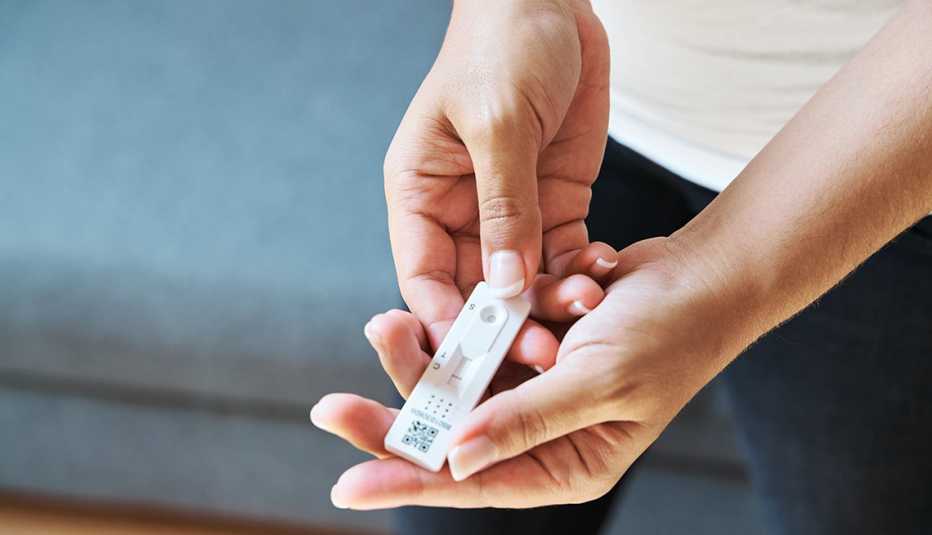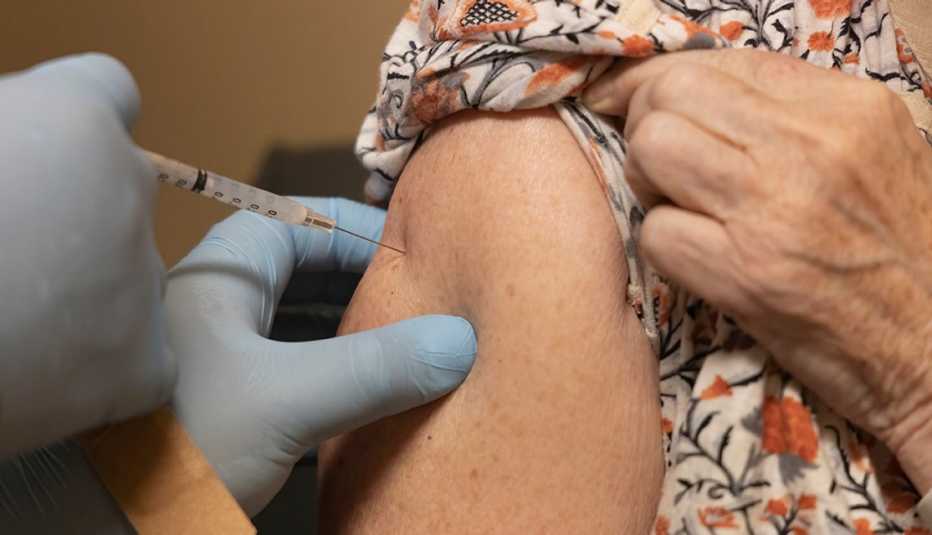Staying Fit
Adults age 50 and older infected with COVID-19 are 15 percent more likely to develop shingles within six months of the diagnosis compared to people who weren’t infected, according to a large observational study published in the journal Open Forum Infectious Diseases. The risk rises to 21 percent if you’ve been hospitalized with COVID-19, according to the study.
Shingles, an outbreak of a blistering rash, is caused by the same virus (varicella zoster) that causes chicken pox. After you’ve had chicken pox, the virus lies dormant in your body. Years later, it can reactivate as shingles, often as a result of stress or a weakening of the immune system.


AARP Membership— $12 for your first year when you sign up for Automatic Renewal
Get instant access to members-only products and hundreds of discounts, a free second membership, and a subscription to AARP the Magazine.
For the study, the researchers analyzed medical data from nearly 400,000 older adults who contracted COVID-19 and more than 1.5 million who were never diagnosed. They excluded anyone who was vaccinated against either shingles or COVID-19.
Older adults already at higher risk of shingles
Ardeshir Hashmi, M.D., a geriatrician and section chief of Cleveland Clinic’s Center for Geriatric Medicine, calls the study “incredibly important.” He says his clinic has seen a “striking” jump in shingles cases among older adults since the pandemic hit.
“We thought it was related to the stress and strain of the pandemic,” he says. “This is interesting in the sense that we will now keep a closer eye on older adults who get COVID, who are more likely to get shingles.” Surveys show a “major increase” in the number of adults who reported stress, anxiety and depression during the pandemic, according to the Mayo Clinic.
About 1 out of 3 people in the United States will develop shingles in their lifetime, usually after age 50, according to the Centers for Disease Control and Prevention (CDC). And, as with COVID-19, older adults are at significantly higher risk of shingles because immunity naturally declines with age, says Thomas Holland, M.D., infectious disease specialist and associate professor at Duke University Hospital.
Other diseases, such as HIV, that attack the body’s defenses are already known to increase shingles risk. So it’s logical that COVID-19 — which is known to lower immune function — would act in a similar way, Holland says. “This is just one of the many, many things that can happen that can prompt an episode of shingles,” he says.



































































